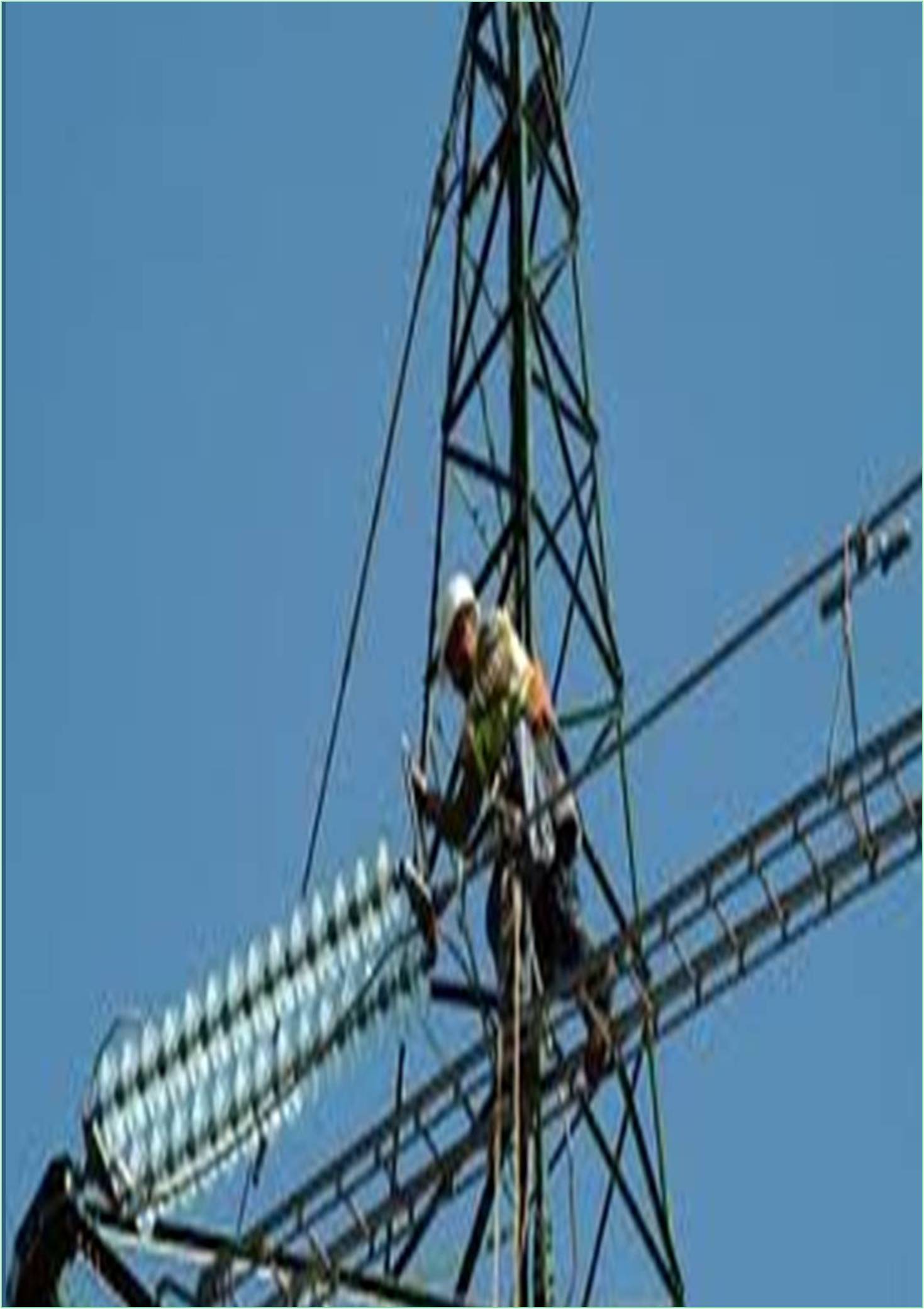



Received: 01-Nov-2022, Manuscript No. GJEEE-23-85696; Editor assigned: 04-Nov-2022, Pre QC No. GJEEE-23-85696(PQ); Reviewed: 18-Nov-2022, QC No. GJEEE-23-85696; Revised: 25-Nov-2022, Manuscript No. GJEEE-23-85696(R); Published: 02-Dec-2022, DOI: 10.15651/GJEEE.22.3.013
Microelectromechanical systems are miniaturized devices combining electric and mechanical functions. Three dimensional (3D) printing, on the other hand, works typically with polymers or metals and is recently not only applied for rapid prototyping, but also for the rapid production of individual parts or objects that could not be produced with other technologies. Typical polymers used in the fused deposition modelling technology are acrylonitrile butadiene styrene, polyamide or polycarbonate, while other technologies allow for printing different polymers. The disadvantages of most 3D printing technologies are relatively low mechanical properties, as compared to objects prepared from other technologies, which is why sometimes combinations of 3D printed parts with differently prepared objects are suggested.
While it took 10 more years until scientific research in 3D printing started and another decade until the first study on 3D printing of MEMS was reported. In spite of the additional degrees of freedom offered by 3D printing, on average, less than 1% of the studies dealing with 3D printing concentrate on MEMS. This is in contrast to the possible advantages of 3D printing in MEMS production, especially related to avoiding problems with undesired 3D structures related to misalignments of the anisotropic etch pattern. It can be expected that 3D printing methods allow for tailoring 3D shapes in the desired way, making the structures more reliable when the process parameters are properly adjusted.
On the other hand, 3D printing processes cause new challenges. The feature sizes that can be reliably reached depend on many parameters, such as the mechanical properties of the printer, the accuracy of stepper motors, but also on the technology used and the material applied for printing. Recently, freestanding polycrystalline copper pillars with diameters between 250 nm and 1.5 μm were reported as result of a 3D electrochemical deposition technique, as well as the direct laser writing of 3D submicron pillars, while common 3D printing techniques often are limited to the range of 100 μm resolution, combined with roughness or waviness in the order of several 10 μm, which necessitates chemical or heat-based post-treatment. Overview of typical resolutions reported for different 3D printing technologies. These typical minimum feature widths and printing speeds that can be reached depend on the chosen 3D printing technologies.
Photolithography can be used by preparing a photomask, a glass plate, or plastic film coated with a non-UV-transparent film. The mask is placed on a photoresist on a silicon wafer, and this photoresist is not exposed to UV light through the open areas of the mask. Depending on the photoresist, either the exposed or the non-exposed areas form the pattern, while the residual photoresist is washed of the wafer, in this way building a master mild.
While this technique is well established to prepare three dimensional objects, it is not necessarily meant when 3D printing is mentioned. Instead, stereo lithography is more often connected with the term 3D printing. This technique is used to print light-sensitive materials from a polymer solution by using a laser to cross-link the polymer at desired positions. It can even be applied for the bio printing of hydrogels.
An even more sophisticated way of using light to crosslink a UV-sensitive material is the two-photon or multiphoton polymerization. These techniques need a tightly focused laser beam on a defined volume of the photosensitive polymer, enabling the material to absorb two or more photons simultaneously to reach an excited state. As usual in such second-order processes, its strength is proportional to the squared light intensity. This is why only in the very small focus volume of the laser process takes place, opposite to the usual single-photon absorption used in stereo lithography.
Selective laser sintering again uses a laser to build a 3D object layer by layer, but opposite to the aforementioned stereo lithography not to photo cure a resin, but rather to fuse small particles of thermoplastic powders, metals, or ceramics.
Inkjet printing belongs to the techniques that allow for printing biological material such as bionic or hydrogels. Small ink droplets are dispersed on a substrate. Since typical inks have low viscosities; only relatively small 3D structures can be printed, typically in the order of magnitude of some 10 micrometers.
Fused Deposition Modelling (FDM) belongs to the well known 3D printing methods since these printers are often available at low cost and are easy to use, but these basic versions are not very accurate. Generally, in this technique, a polymer is molten and pressed through a nozzle to be deposited along defined paths so that 3D structures are formed layer by layer.
Besides these often used technologies, there are several others, which are in most cases based on a layer-by-layer setup of a 3D structure enable in principle printing objects of some centimeters to some 10 cm. The limiting factor is often the time, which depends not only on the technique but also on the desired printing quality or resolution, the chosen printing material, whether a newer or older printer is used, etc. On the other hand, most technologies need a printing bed or have similar size restrictions that cannot be overcome for a specific printer model. Thus, their values depend on too many parameters to be given generally for a certain technique.